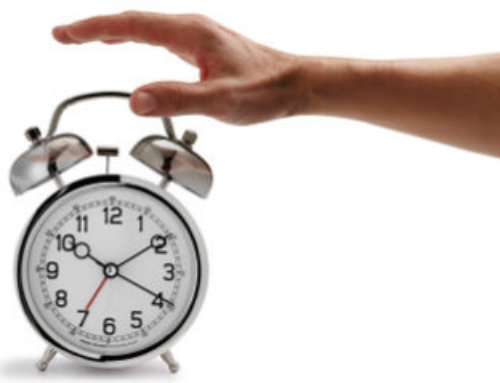FOR IMMEDIATE RELEASE
CONTACT: Lynn Celmer, 630-737-9700, ext. 9364, lcelmer@aasm.org
DARIEN, IL – A new study suggests that night work may impair glucose tolerance, supporting a causal role of night work in the increased risk of Type 2 diabetes among shift workers.
Results show that peak glucose levels were 16 percent higher during one night of simulated shift work, compared with one day of a simulated daytime work schedule. Compared with the daytime protocol, insulin levels during the night shift protocol were 40 to 50 percent higher at 80 minutes and 90 minutes after a meal.
“It is surprising that just a single night shift can significantly impair glucose tolerance and increase insulin levels,” said lead author Christopher Morris, PhD, postdoctoral research fellow in the Medical Chronobiology Program of the Division of Sleep Medicine at Brigham & Women’s Hospital and Harvard Medical School in Boston, Mass. “These findings are important because they demonstrate, under highly-controlled lab conditions, that acute exposure to night work impairs glucose tolerance. Chronic impaired glucose tolerance is likely to lead to Type 2 diabetes.”
The research abstract was published recently in an online supplement of the journal Sleep, and Morris will present the findings Tuesday, June 4, in Baltimore, Md., at SLEEP 2013, the 27th annual meeting of the Associated Professional Sleep Societies LLC.
The study group comprised 13 healthy, non-obese adults without significant shift work history, who completed two, eight-day, in-laboratory protocols in random order, one including day work and the other night work. Each condition included four baseline days, followed by either day or night shifts. The diet was isocaloric, identical between conditions, and included standardized mixed meals on Days 1 and 3 of day/night work to assess serum glucose and insulin responses. Subjects began eating at 8 a.m. (day work) or 8 p.m. (night work) and were required to finish eating in 20 minutes. A fasting blood sample was taken before the meal, and then additional blood samples were drawn every 10 minutes for 90 minutes, then every 30 minutes for 90 minutes. Only results pertaining to mixed meals consumed on Day 1 of day work and night work were included in the current analysis.
According to the authors, about 8.6 million Americans regularly perform night work, which is associated with Type 2 diabetes risk in epidemiologic studies.
For a copy of the abstract, “Simulated night work acutely impairs glucose tolerance,” or to arrange an interview with Dr. Morris or an AASM spokesperson, please contact AASM Communications Coordinator Lynn Celmer at 630-737-9700, ext. 9364, or lcelmer@aasm.org.
A joint venture of the American Academy of Sleep Medicine and the Sleep Research Society, the annual SLEEP meeting brings together an international body of more than 5,500 leading clinicians and scientists in the fields of sleep medicine and sleep research. At SLEEP 2013 (www.sleepmeeting.org) more than 1,300 research abstract presentations will showcase new findings that contribute to the understanding of sleep and the effective diagnosis and treatment of sleep disorders such as insomnia, narcolepsy and sleep apnea.
The American Academy of Sleep Medicine considers sleep disorders an illness that has reached epidemic proportions. Board-certified sleep medicine physicians in an AASM-accredited sleep center provide effective treatment. AASM encourages patients to talk to their doctors about sleep problems or visit www.sleepeducation.com for a searchable directory of sleep centers.








